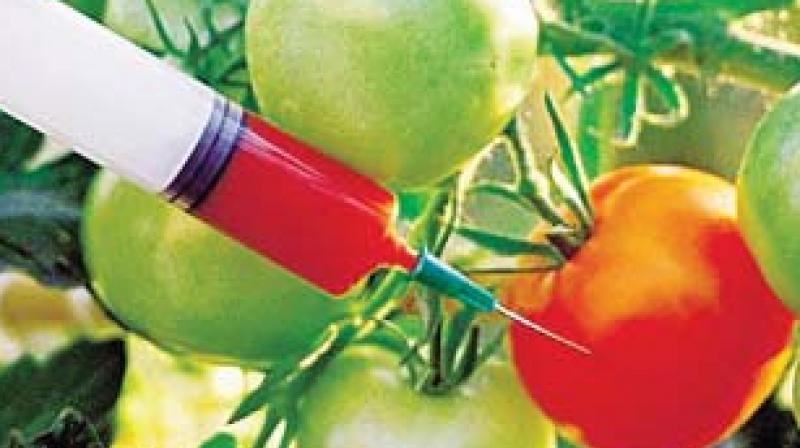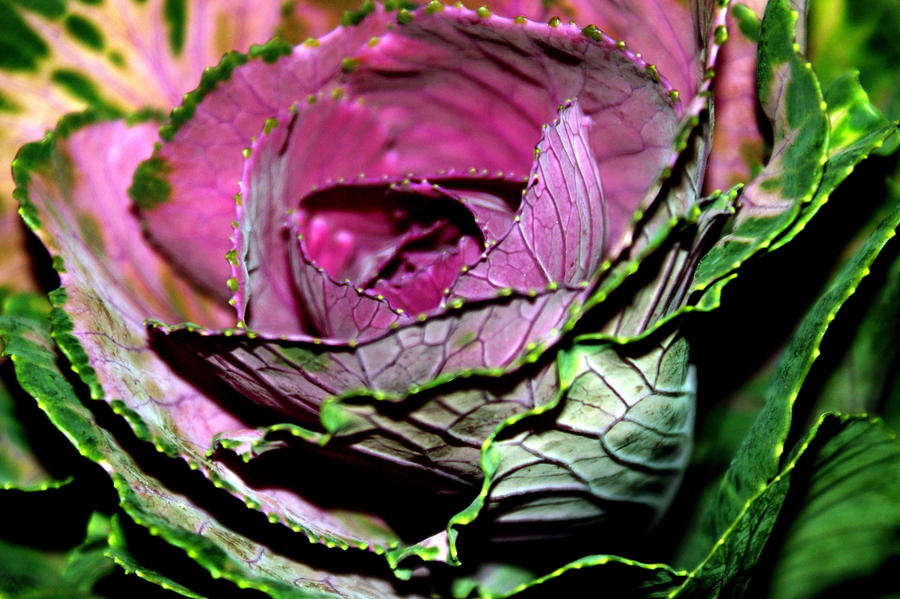Fauna
Genetically Modified Crops: Techniques used to improve agriculture

Genetically modified crops (GM crops) are referred to as the economic plants or crop plants in which, the DNA has been modified via genetic engineering techniques. In most of the cases, the primary objective is to induce a unique trait into the plant that does not occur naturally in the species. Some of the unique traits in food crops include resistance to specific diseases, pests, environmental conditions, resistance to chemical treatments, or improving the nutrient profile of the crop.
Let’s know about some of the common crop modification techniques.
Cross Breeding
This is a technique in which two sexually compatible crop plants are cross-pollinated to produce a hybrid. Some of the examples include plumcot (plum + apricot), tangelos (tangerine + grapefruit), the limequat (lime + kumquat) and most famously the rabbage (cabbage + radish).

Mutagenesis
Mutations are nothing but the genetic modifications which can switch, add, or delete the nucleotides such as A, T, G and C bases. However, these genetic modifications are sometimes induced by the plant breeders via radiations and chemicals which may lead to new and/or enhanced traits. This technique was introduced by Hermann Muller, Charlotte Auerbach and J. M. Robson in the early 20th century.
One of the examples of such induced mutation is the red grapefruit in which the deep red color is the result of mutagenesis via radiation.

Protoplast Fusion
In this technique, the hard cell walls or the protoplasts of two plant cells were removed and a chemical called polyethylene is added, which allows the two cells to stick together. Then, basic chemicals are added to help the cells to combine and exchange their genetic information.

This creates a hybridized plant cell, which sounds similar to a cross-breeding technique, however, it is done in a lab.
Polyploidy
Human beings are referred to as diploid animals i.e. they have two sets of homologous chromosomes. Similarly, polyploidy has more than one, and the induction of polyploidy is used for controlling the reproduction.
Polyploidy can be introduced by soaking seeds in colchcine, which can either make sterile crosses fertile, such as the Triticale, a hybrid of wheat and rye, or sterilizes crops, such as watermelon, to make seedless strains.
Genome Editing
This process includes cutting, replacing or inserting genes within the seed cells using nucleases, the enzymes which have the ability to loosen, remove and add nucleotides, commonly referred to as “molecular scissors”.

These nucleases are artificially engineered so that these can be accurately placed in desired genes, or traits, into the genome of the crop. One of the examples is the herbicide-tolerant canola created using genomic editing techniques to help farmers control weeds.
Transgenesis
This is a technique in which genes from one crop are induced into another crop. As the genetic code is readable by all living beings, the genes introduced will code for the same proteins as it did before. There are several methods to induce these new genes.
 One of those methods is using agrobacterium to carry genes into the genome, while another method is using electricity to induce the same.
One of those methods is using agrobacterium to carry genes into the genome, while another method is using electricity to induce the same.
All of these techniques have similarities as well as differences. These genetic modifications are introduced to combine useful genetic traits in order to improve agriculture. However, these techniques sometimes affect the regulations for health and environmental safety.





























